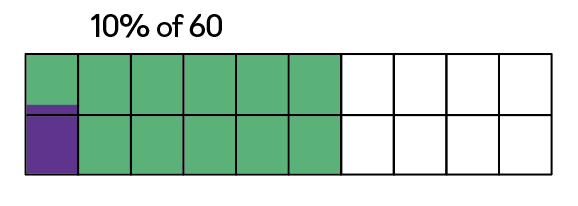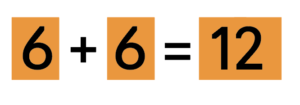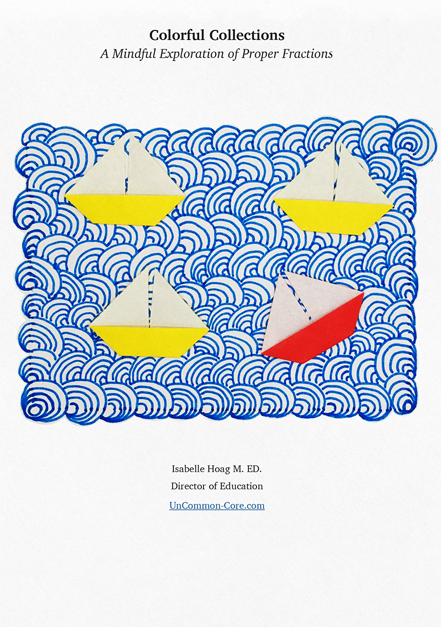
One skill that is much easier than it sounds, is learning to find percentages with mental math. As always, start small and build up to more complex examples slowly. Encourage students to develop this skill by estimating the answer before they use a calculator. Finding percents with mental math is a great way to help your students develop number sense.
You might even decide to use mental math as an introduction to calculating percentages. First, using mental math signals to the students that finding percents isn’t that complex. Next, using mental math to work through some very simple percents with your students allows them to hear the vocabulary and the reasoning before they have to deal with new symbols and expressions with (dreaded) fractions. Finally, if you present calculating percents in the context of being a savvy shopper who is looking for great sales, your students will be able to visualize themselves using mental math to calculate percents at their favorite stores.
Calculating sales of 10 percent is a great way to get your students started practicing.
Explain that ten percent has no value until they ask, “10 percent of what?’ Prompt students that the word ‘of’ indicates multiplication and they’re ready to start.
You might start by using mental math to calculate ten percent of sixty: 10% of 60 can be thought of as ten over 100 times sixty over one ~ 10/100 x 60/1 .
First, multiply numerators. 10 x 60 = 600
Next, multiply denominators. 100 x 1 = 100
Then, simplify. 600/100= 6/1 = 6
With practice, this process becomes automatic and streamlined. Students have to be able to explain why whole numbers have a denominator of one before they can understand that finding the percentage of a whole number comes down to “multiply by the numerator and divide by 100.”
As If That isn’t Easy Enough

Students who learn to use the commutative property of multiplication when calculating percents, might rather figure out 60% of 10 than 10% of 60. Sixty percent is the same as sixty divided by 100, which can be simplified to six, making the problem as simple as six out of ten.
But Wait! There’s More!
What about finding 20% or 11%?
Twenty percent is 10%+10%, so 20% of 60 is 12.
In the case of finding 11%, first calculate one percent. One percent of 60 is .6 Add that to 10% of 60 which is 6. So, 11% of 60 is 6.6. (Then let students reach for their calculators to check until they are more confident.)
As soon as students can calculate 1% and 10% they can use those amounts to build other percentages. Seven percent is either 10%-1%-1%-1% or half of 10% plus 2%.

Calculating percentages with mental math isn’t as difficult as it sounds. Also, students learn when to add and when to multiply when dealing with percents. Finally, students’ understanding of place value, the base ten number system, and decimals is strengthened when they learn to find percents without reaching for a calculator.
Share This Story, Choose Your Platform!
Download Colorful Collections:
A Mindful Exploration of Proper Fractions
Help your students make sense of fractions.
I started teaching in 1987, which means I’ve collected many tips and tricks along the way. In this ebook, I share concepts, strategies, and classroom materials to help you make math sticky.
Along with this useful ebook, you will receive weekly emails from StickyMath@UnCommon-Core.com. I send information like: teacher tips, educational ideas, book reviews, curated lists, reviews of educational sites, and free first drafts of products that I’m creating for my TPT store. That way, you get helpful ideas and free stuff, while I get some feedback before I finalize products and put them up for sale.
I value your privacy. I will never sell your information. You may unsubscribe at any time.
All the best!
Isabelle
Isabelle Hoag M. Ed.

